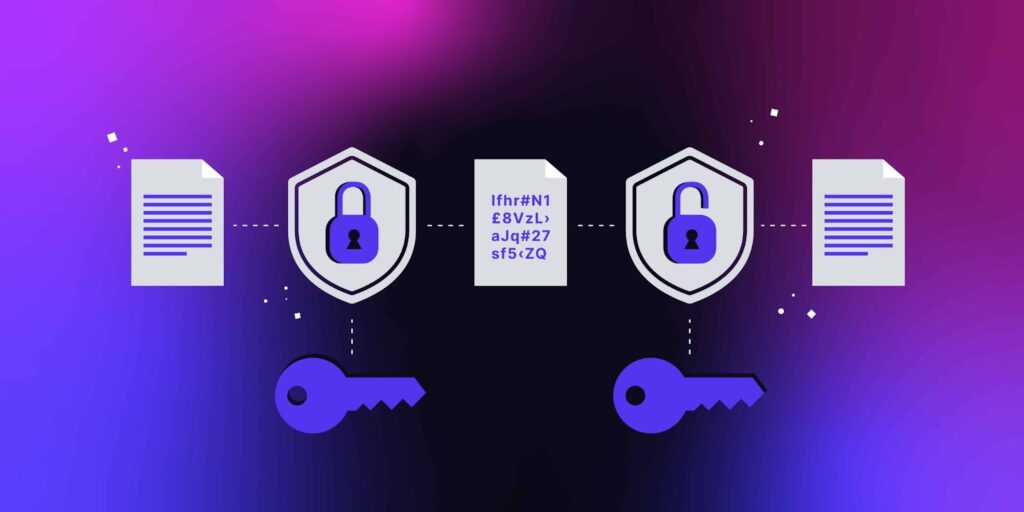Contents
- 1 Importance of Data Backup and Recovery
- 2 Best Practices for Data Backup and Recovery
- 2.1 1. Follow the 3-2-1 Backup Rule
- 2.2 2. Automate Regular Backups
- 2.3 3. Use Cloud-Based Backup Solutions
- 2.4 4. Implement Versioning and Incremental Backups
- 2.5 5. Ensure Data Encryption and Security
- 2.6 6. Regularly Test Backup and Recovery Plans
- 2.7 7. Create a Comprehensive Disaster Recovery Plan
- 2.8 8. Leverage Managed IT Services
- 2.9 9. Educate Employees on Data Protection Practices
- 3 Conclusion
In today’s digital landscape, businesses rely heavily on data to drive operations, make strategic decisions, and maintain customer trust. However, data loss due to cyberattacks, hardware failures, human errors, or natural disasters can be catastrophic. Implementing a robust data backup and recovery strategy is crucial for business resilience and continuity.
Importance of Data Backup and Recovery

Data is one of the most valuable assets of any business. Losing critical data can lead to financial losses, reputational damage, legal consequences, and operational downtime. A well-planned backup and recovery strategy ensures that businesses can recover swiftly from any data loss incident, minimizing disruptions and maintaining productivity.
Best Practices for Data Backup and Recovery
1. Follow the 3-2-1 Backup Rule
The 3-2-1 backup strategy is a widely recommended approach to data protection:
- Keep three copies of your data.
- Store backups on two different storage media (e.g., external hard drives, cloud storage).
- Maintain one copy offsite to prevent data loss due to local disasters.
2. Automate Regular Backups
Manual backups are prone to errors and inconsistencies. Automating the backup process ensures that data is regularly and consistently saved without human intervention. Use reliable backup software to schedule backups daily, weekly, or in real-time, depending on business needs.
3. Use Cloud-Based Backup Solutions
Cloud backup services offer secure, scalable, and cost-effective solutions for data protection. Cloud storage providers offer encryption, redundancy, and easy accessibility, making cloud backups a crucial part of a modern business resilience strategy.
4. Implement Versioning and Incremental Backups
Versioning allows businesses to restore previous versions of files, which is helpful in cases of accidental deletions or ransomware attacks. Incremental backups save only the data that has changed since the last backup, reducing storage requirements and speeding up the backup process.
5. Ensure Data Encryption and Security

Sensitive business data should be encrypted during storage and transmission to prevent unauthorized access. Implement multi-factor authentication (MFA) and access controls to enhance security and minimize risks.
6. Regularly Test Backup and Recovery Plans
A backup is only useful if it works when needed. Regularly test data recovery processes to ensure that backups are functional, complete, and accessible. Conduct mock recovery drills to train staff and refine procedures.
7. Create a Comprehensive Disaster Recovery Plan
A disaster recovery plan (DRP) outlines step-by-step procedures for data restoration and business continuity after a data loss event. It should include:
- Clear roles and responsibilities for IT and management teams.
- Defined Recovery Time Objectives (RTO) and Recovery Point Objectives (RPO).
- A detailed process for restoring critical systems and applications.
8. Leverage Managed IT Services
Businesses can enhance their data backup and recovery strategy by utilizing a Managed IT Service provider. These services offer proactive monitoring, automated backups, cybersecurity solutions, and expert support to ensure data protection and business continuity.
9. Educate Employees on Data Protection Practices
Human errors are a common cause of data loss. Training employees on safe data handling, phishing prevention, and secure password management can reduce risks and enhance overall data security.
Conclusion
Data backup and recovery are vital components of business resilience. By implementing best practices such as the 3-2-1 rule, automation, cloud storage, encryption, and regular testing, businesses can safeguard their data against potential threats. A proactive approach to data protection ensures business continuity, minimizes downtime, and preserves customer trust in the event of data loss.
By prioritizing data backup and recovery, businesses can confidently navigate challenges and maintain operational stability in an increasingly digital world.

